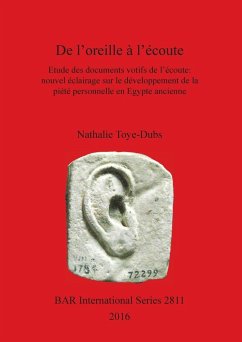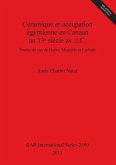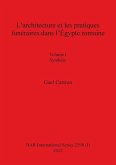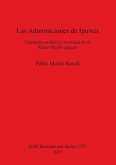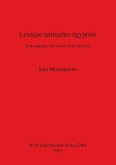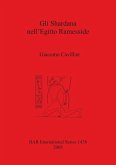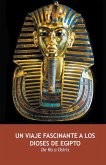This book deals with a category of documents attesting to piety from individuals in ancient Egypt which develops the topic of a god who listens to prayer. The reference corpus is made up of stelae, with depictions of one or more human ears-sometimes accompanied by the depiction of an offering-and votive ears, along with prayers on various objects where the invoked deity is referred to as the god who listens to prayer. These testimonies occur only during the New Kingdom (1539-1080 BC); after this period there is almost no further mention of a god who listens to prayer, though personal piety continues to increase until the Late Period. If the corpus of ear stelae is extended to include all items that mention the god who listens, a surprising chronological partition emerges which enables a link to be established between the abandonment of ear stelae and the development of oracular consultations by individuals. It therefore appears that the "hearing documents" are a key driver of change in the New Kingdom official religion, rather than being a mere consequence of it. The book contains a preface, a foreword, the main text, a bibliography, appendices, plates and indices. The documentation corpus is listed in the appendices. Ce livre s'intéresse à une catégorie de documents de piété laissés par des individus en Egypte ancienne qui développent le thème du dieu qui écoute les prières. Le corpus de base se compose de stèles avec une ou plusieurs représentations d'oreilles de type humain-parfois accompagné d'une scène d'offrande-et d'oreilles votives ainsi que de prières présentent sur différents objets, dans lesquelles la divinité est qualifiée de divinité qui écoute les prières.Ces témoignages sont attestés seulement au Nouvel Empire (1539-1080 a. J-C) ; après cette période, il n'y a presque plus de mentions du dieu qui écoute les prières alors que la piété personnelle ne cesse de se développer jusqu'aux époques tardives.L'élargissement du corpus des stèles à oreilles à celui des mentions du dieu qui écoute permet d'éclaircir cette répartition chronologique surprenante et d'établir le lien entre l'abandon des stèles à oreilles et le développement des consultations oraculaires par les privés.Ainsi il apparaît que plutôt qu'une conséquence, les « documents de l'écoute » se révèlent être un des facteurs clés des modifications qui s'opèrent dans la religion d'État au Nouvel Empire. Ce livre contient une préface, un avant-propos, le texte principal, une bibliographie, des annexes et des index. Le corpus documentaire est donné sous forme de listing en les annexes.

